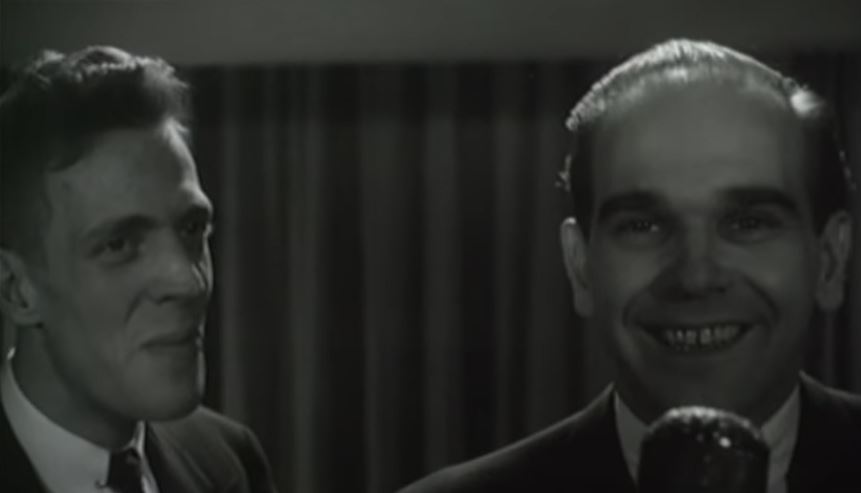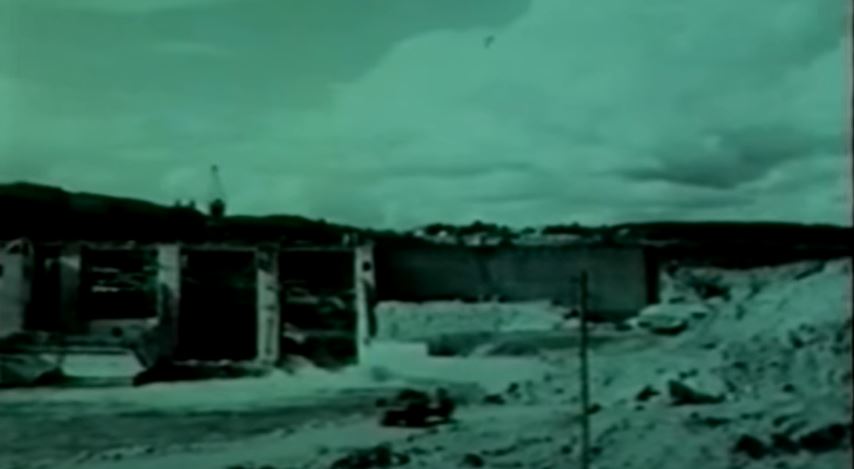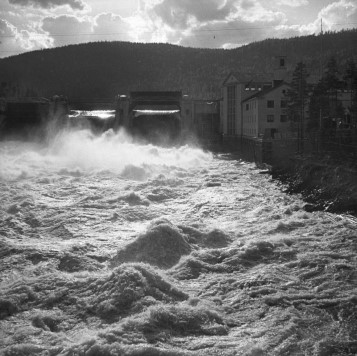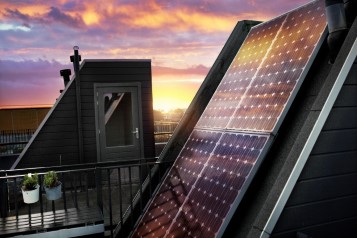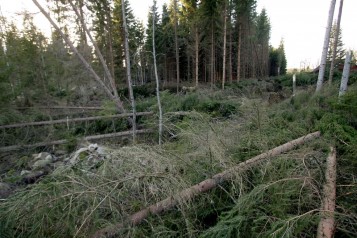
Planners’ dilemma
Getting electricity production to match demand is not easy. If you build too few power plants, there will be shortages; if you build too many, it will be expensive. Development in Sweden and by Vattenfall shows examples of both cases.
When Vattenfall built the Olidan, Älvkarleby and Porjus hydropower plants, thorough investigations were carried out to see how the electricity would be used. For Olidan, it was believed there would be a large surplus, and there were plans in 1909 to supply Hamburg and Berlin with electricity. But there proved to be customers closer to home.
But after the First World War came a recession, and the demand for electricity dropped off. Nevertheless Vattenfall, on the initiative of Director General Vilhelm Hansen, purchased numerous water rights in central Norrland to meet the need that it was assumed would materialise in the long term. This turned out to be a truly far-sighted assessment.
Faster development of demand than expected
After another recession between 1929 and 1933, electricity use developed far faster than was forecast. And during the Second World War, demand increased dramatically, as the country was cut off from coal and oil imports. New hydroelectric power stations were built at breakneck speed, but it still wasn't enough. When the winters were also cold, the government was forced to introduce electricity rationing, such as in 1941/42.
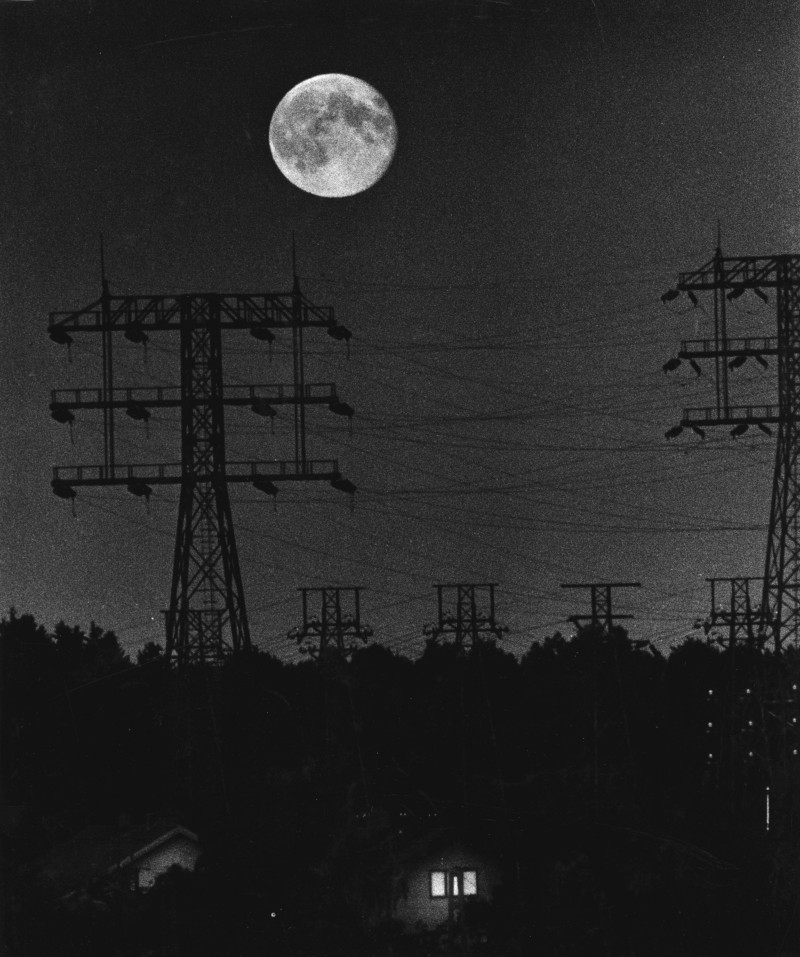
Power lines 1958. Year: - | Place: - | Creator: Lennart Nilsson | ID: VF000161
The summer of 1947 was very dry, and electricity was again rationed in winter 1947/48. These measures were applied to both industry and households. Each household received a basic allocation, which was reduced to 80 per cent of normal consumption.
During the 1950s and 1960s, electricity consumption increased by around 7 per cent a year, representing a doubling of consumption every ten years. It became increasingly difficult to expand production to keep pace with demand. Throughout the 1950s there were constant threats of electricity restrictions and rationing. But in the early 1960s, the power producers managed to build at a pace to keep up with demand, and electricity consumption was now able to cope with dry years. Vattenfall and other power companies began to promote higher electricity consumption in the form of electric heating.
Over-optimistic forecasts
Part of this optimism was that during the 1960s, nuclear power came to be regarded as a cheap source of energy, and analysts predicted a continued increase in electricity consumption. The State Energy Committee believed in 1967 that electricity consumption in 2000 would be between 350 and 500 TWh. The power industry, including Vattenfall, accepted the higher forecast, as it strongly believed in increased electric heating. But in actual fact, the demand in 2000 was only 147 TWh.
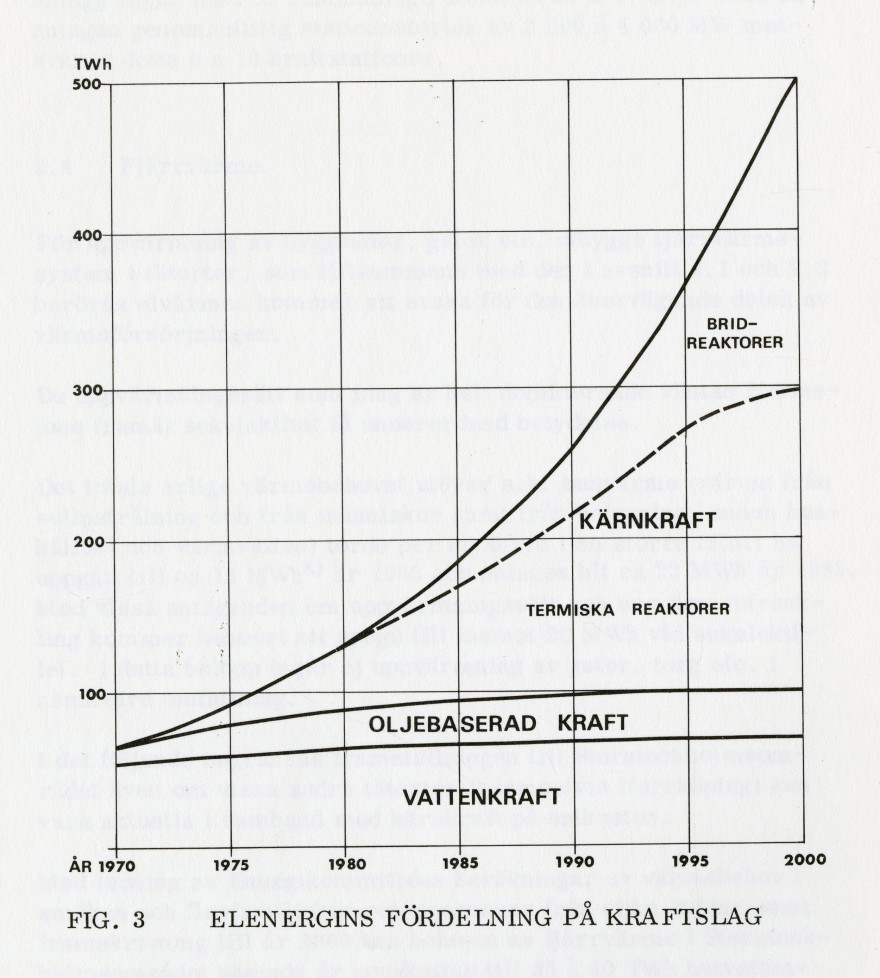
Forecast: Electrical energy by type Year: 1969 | ID: VF001012
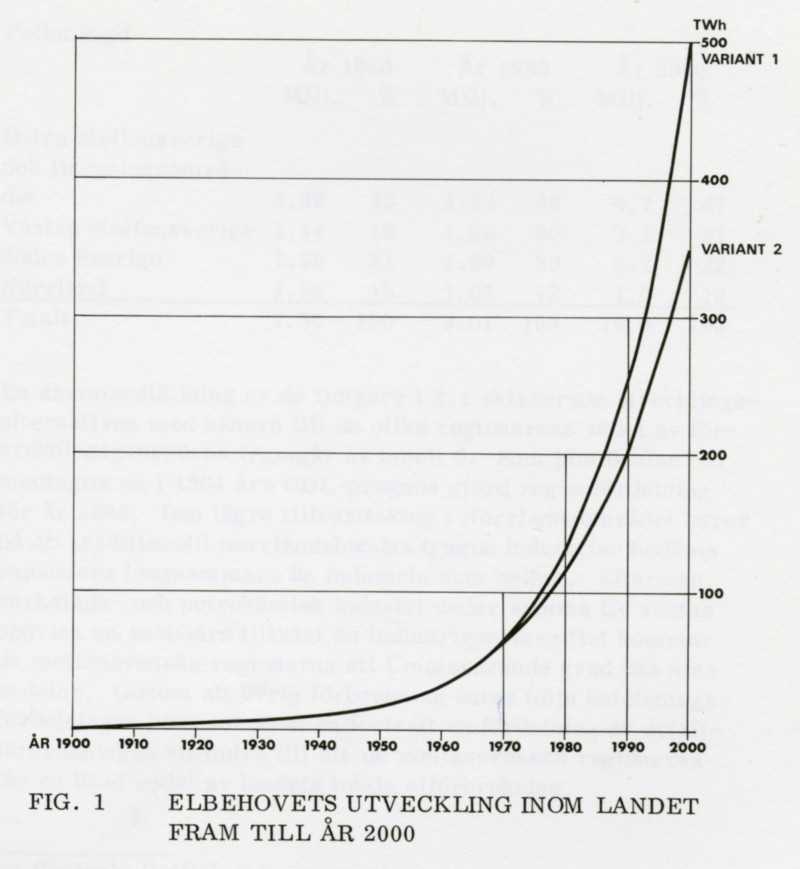
Forecast in 1969: Usage of electricity 1900–2000. As predicted by the State Energy Committee in 1967, quoted in a publication by Statens Vattenfallsverk. Year: 1969 | Place: - | Creator: Okänd | ID: VF100004
Despite everything, 1969/70 again saw electricity rationing. Two dry years in a row, a higher increase in electricity consumption than expected and a fault in the oil-fired power plant at Stenungsund caused problems for power producers. Industry had to accept quota rationing and the public were again supplied with comprehensive information on how to save electricity. As before, this resulted in substantially reduced demand.
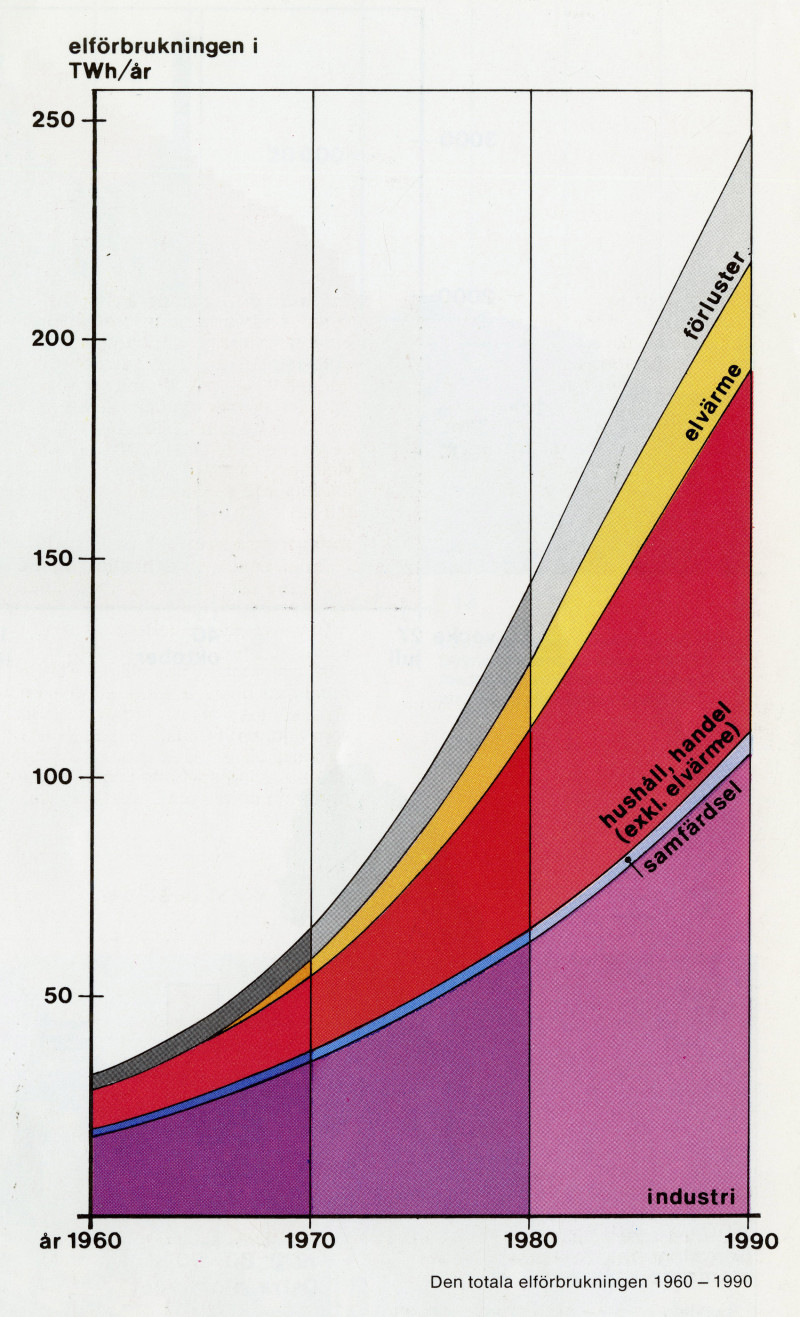
Forecast in 1972: Usage of electricity 1960–1990. From a report about Sweden's usage of electricity between 1975-2000. Year: 1972 | Place: - | Creator: Okänd | ID: VF001011
Then came another over-optimistic forecast, this time from Centrala Driftledningen, CDL, (Central Operational Management) in 1972: Consumption would be 250 TWh by 1990. In reality, electricity consumption was just over half that, 140 TWh. But it should be remembered that the CDL forecast was an element of the physical national planning – it was a question of safeguarding as many sites as possible for future electricity production plants.
As a result of the oil crisis in 1973, several rationing measures were introduced for both petrol and oil. Electricity consumption was also restricted. Prime Minister Olof Palme gave a speech to the nation, and appealed for solidarity and cohesion. This, like appeals for energy conservation in previous years, was a success. In 1982 CDL issued a new forecast for 1990 of 130 TWh. The reason for this halving of the forecast ten years earlier was the oil crisis in 1973 and 1979, which turned many predictions on their head.
Electricity demand levels off
In the mid 1980s, electricity consumption levelled out, to the surprise of forecasters. At the same time, there were several nuclear reactors that had just become operational. Now it was a question finding a market for the surplus power. The main solution for Vattenfall was a massive marketing campaign for electric boilers for district heating and industry.
The most recent drop in Sweden's electricity consumption came after the financial crash of 2008. It may well take until 2020 before consumption returns to 2007 levels. According to the forecasts.
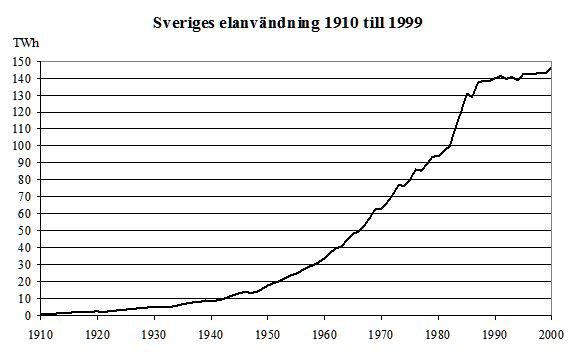
Sweden's use of electricity 1910–1999. Year: - | Place: - | Creator: Okänd | ID: VF100002
Video player requires marketing cookies.
To view this content please click here to allow marketing cookies.
How electricity conservation was encouraged in 1955 (in Swedish)
Video player requires marketing cookies.
To view this content please click here to allow marketing cookies.
How to cope with increased electricity demand at the end of the 40s (in Swedish)

